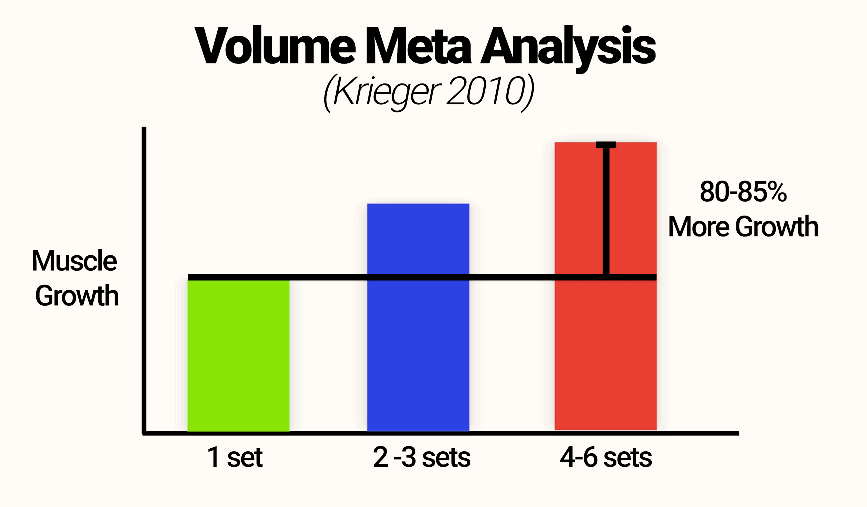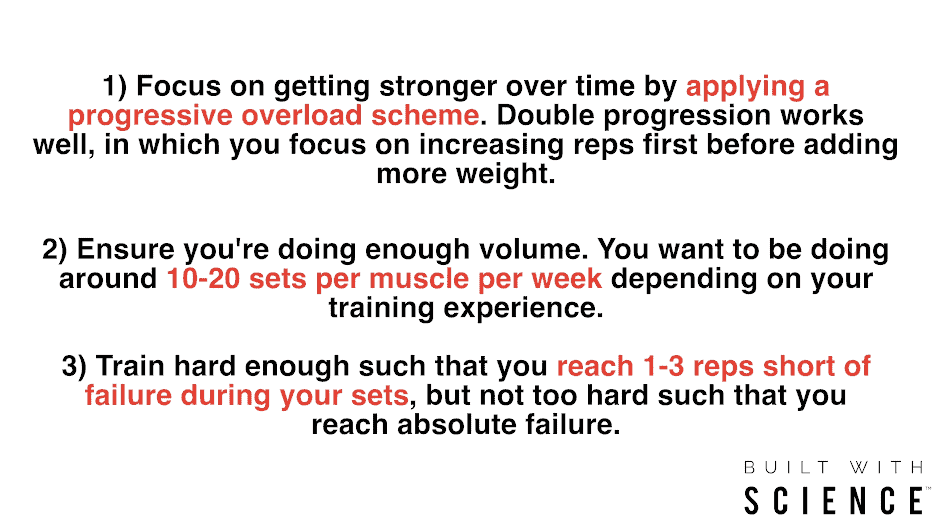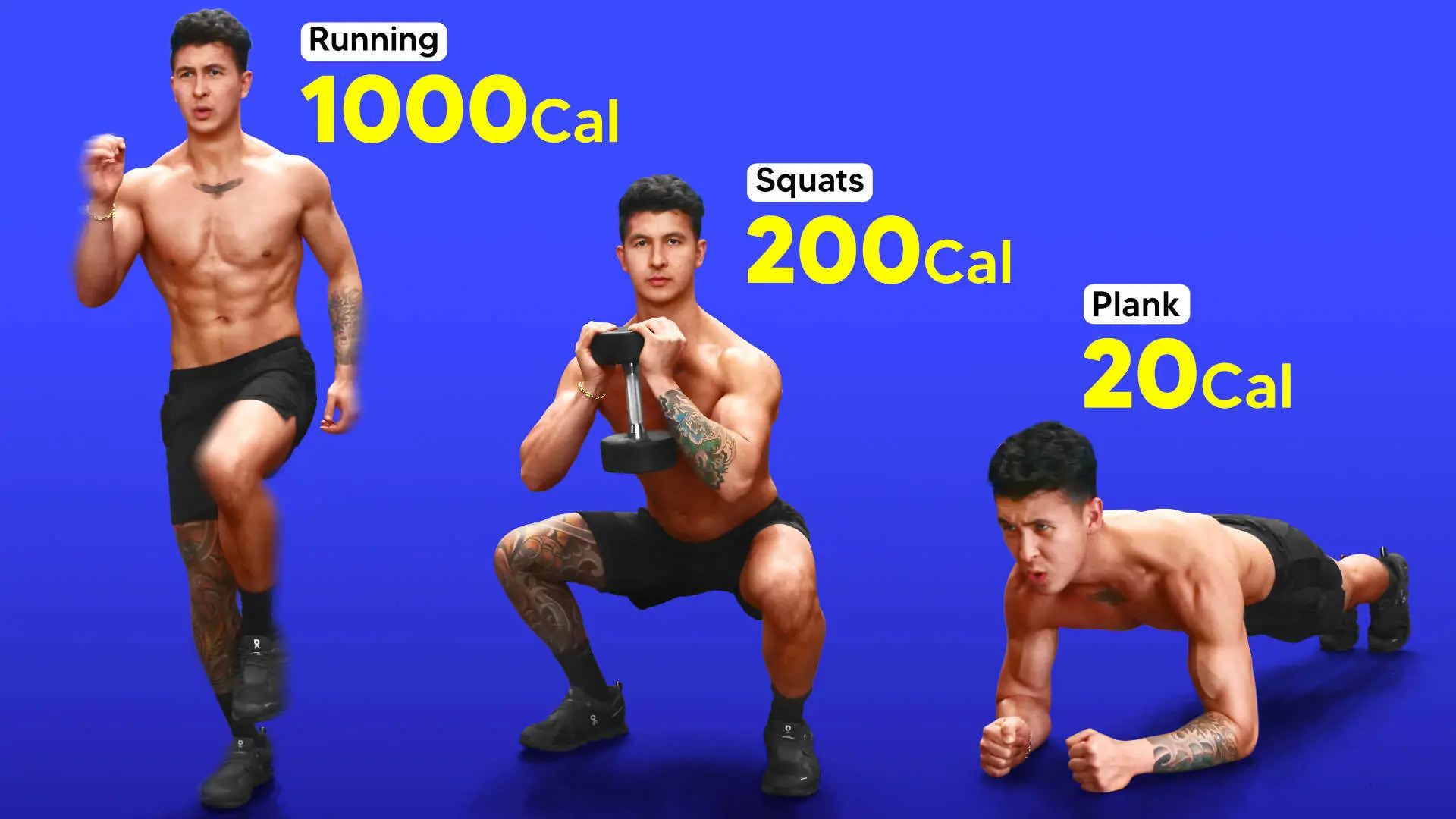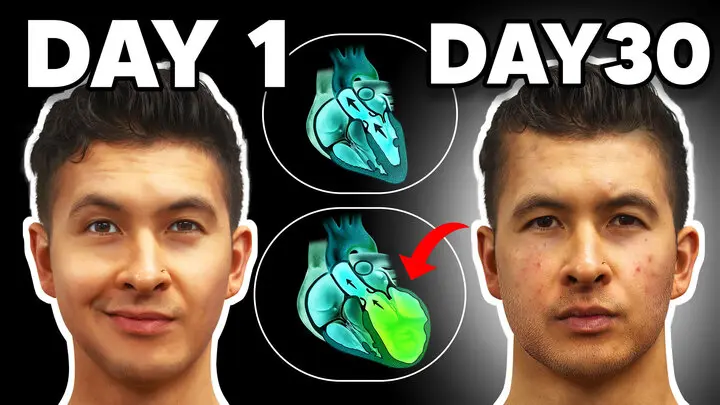How To Build Muscle Faster: 3 Science-Based Training Tips
If you want to learn how to build muscle faster than you currently are... Then you need to implement these training tips.
Let's face it, most of us want to build muscle as fast as humanly possible.
But unlike in the movies, building muscle is often a frustrating and painfully slow process, which can make it difficult to tell if you’re actually making progress.
...and unfortunately, this process only continues to slow down as you gain more experience.
Looking for a training program that'll always help you train in the most optimal approach for muscle growth, I've got just the thing for you. Every BWS program is designed to be an all-in-one, science-based process that’ll get you to your dream physique FAST. And best of all? It's all rooted in science. For more information:
Click the button below to take my analysis quiz to discover the best program for you:
↓
How Fast Can You Build Muscle?
To get a realistic sense as to how fast you can build muscle naturally, let's take a model developed by researcher Alan Aragon that illustrates roughly what the maximum amount of muscle you can gain per month is:
So for example, a 140 lb beginner can expect to gain around 1.5-2 lbs of muscle /month in their first year of proper training:
Fast forward to the intermediate stage and things slow down:
Fast forward once again to the advanced stage and things slow down even further, to the point where physical changes will become almost unnoticeable:
And keep in mind that these rates are assuming that month to month you’re doing everything optimally and consistently in terms of your training and nutrition.
Since this isn't realistic/feasible for most people, you can expect your rate of muscle growth to be even slower than as previously outlined.
So as you can see, muscle growth is a slow process, but overtime it does amount to big physical changes if you stay the course. And luckily, the literature suggests that there are a few things you can do to ensure that you’re indeed making progress and building muscle as quickly as your body is capable of.
That’s exactly what we'll cover in this article.
1) Properly Apply Progressive Overload
The most important thing you can do in the gym to grow as quickly as possible is to apply the concept of progressive overload to ensure that you’re getting stronger overtime.
To display the importance of this, a team of Japanese researchers had male subjects do nothing but the bench press three times a week for six months.
And a you can see in the graph below...
...they experienced increases in chest and triceps muscle size from week to week, which seemed to correlate well with their progressive increases in bench press strength.
Stronger = Bigger (Kind Of)
Do note however that the correlation between strength and muscle size is far from perfect. BUT it does become increasingly significant as you gain more experience in the gym.
For instance, this 2016 paper found that in untrained individuals, since they initially gain strength very rapidly from neurological adaptations, the correlation is quite weak.
In this case only 2.5% of their increases in muscle strength was likely due to increases in muscle size:
Contrast this with a study on well-trained men by Baker and colleagues, and the correlation becomes much stronger. And in this case 65% of their strength improvements was likely due to increases in muscle size:
(*Illustrations by Shane Duquette at Bony To Beastly)
So what does this mean?
It simply indicates that strength becomes more indicative of growth as you gain more experience!
Therefore to speed up growth you need to have some form of progressive overload plan in place such that you’re getting stronger overtime.
Incorporate Double Progression!
One easy yet effective method you can use is something called double progression.
It goes as follows:
Let’s say you do 4 sets of bench press one week with a goal rep range of 6-8 reps each set.
With double progression, all you’re doing is trying to increase your reps week by week until successfully hit the top of the rep range every set.
So let's say during week 1 you were able to hit:
- Set 1: 135 lbs for 7 reps
- Set 2: 135 lbs for 7 reps
- Set 3: 135 lbs for 6 reps
- Set 4: 135 lbs for 6 reps
Next week, you'd aim to hit 4 sets of 8 reps:
- Set 1: 135 lbs for 8 reps
- Set 2: 135 lbs for 8 reps
- Set 3: 135 lbs for 8 reps
- Set 4: 135 lbs for 8 reps
Then, once done successfully, you proceed to add a little bit of weight and repeat the process over again:
- Set 1: 140 lbs for 7 reps
- Set 2: 140 lbs for 6 reps
- Set 3: 140 lbs for 6 reps
- Set 4: 140 lbs for 6 reps
So throughout the weeks, you first progress with reps and then progress with adding load - which some strength research has indicated is the better option for strength improvements.
However, keep in mind that strength improvements aren’t always reflective of muscle growth.
Even if you become very strong, if you’re not doing enough volume then you won’t be maximizing growth...
...which brings me to point 2.
Before that: something tells me you may still be confused about double progression (and how it applies to you). You are? Don't worry. Our 3-on-1 coaching program can help. You are going to have a coach who'll focus solely on your training and making sure you understand every single session of your customized workout plan. Plus, a dietitian and I will also be available to guide you every step of the way. If that sounds good to you, then:
Click the button below to find out more about the 3-on-1 coaching program:
↓
2) Ensure You’re Doing Enough Volume
A good example that illustrates this point is a 2010 meta-analysis by James Krieger.
He found that as you increased the number of sets performed per exercise, muscle growth increased as well:
In fact, comparing 4-6 sets to a single set, you’d experience about 80-85% more growth.
But, rather than simply doing 4-6 sets for all your exercises, I’d instead suggest sticking to a weekly guideline that multiple papers are in agreement with. Which is to ensure that with your workout split, you’re performing roughly 10-20 sets per muscle per week.
So for instance with the chest muscle, the following is an example of how you could hit 12 sets per week for that muscle:
Bench Press: 3 sets
Incline DB Press: 3 sets
Weighted Chest Dips: 3 sets
Cable Chest Flies: 3 sets
You’ll want to start at the low end as a beginner, and then you’ll gradually have to increase this overtime as you progress.
3) Train Hard Enough!
Next, you want to ensure you’re training hard enough in order to recruit as many muscle fibers as possible and provide them with enough stimulus for growth.
And to achieve this, you need to be putting enough effort into each set such that you’re training relatively close to failure.
In fact, one 2012 paper from the Journal of Strength and Conditioning Research found that,at least for the deltoids, sets need to be taken to within 3 reps short of failure in order to maximally activate the working muscle.
And if you stop well short of failure, hypertrophy becomes inferior. Researchers have speculated this is likely because you’re not recruiting enough muscle fibers for a sufficient enough time to stimulate sufficient hypertrophy.
...But Not Too Hard
However, at the same time you don’t want to train to absolute failure. This is especially true for compound movements since this will negatively impact the rest of your workout.
So instead, push yourself hard enough during your sets such that you only have around 1-3 more reps left in the tank upon completing your set, but don't go to absolute failure (or at least not very often).
This, in combination with the previous tips, will ensure that you are indeed doing everything you can with your training in order to build muscle at the fastest rate possible.
Summary
To sum everything up for you, here are the main points you want to keep in mind:
It’s the little training details like these that really is what’s going to enable you to progress that much faster.
And if you’re looking for an all-in-one evidence-based program that shows you exactly how to optimize your training and nutrition such that you’re able to transform your body as quickly as possible...
Click the button below to take my analysis quiz to discover the best program for you:
↓
But that’s it for this article – hope you enjoyed it and found it useful! Don’t forget to give me a follow and connect with me on Instagram, Facebook, and Youtube as well. Cheers!



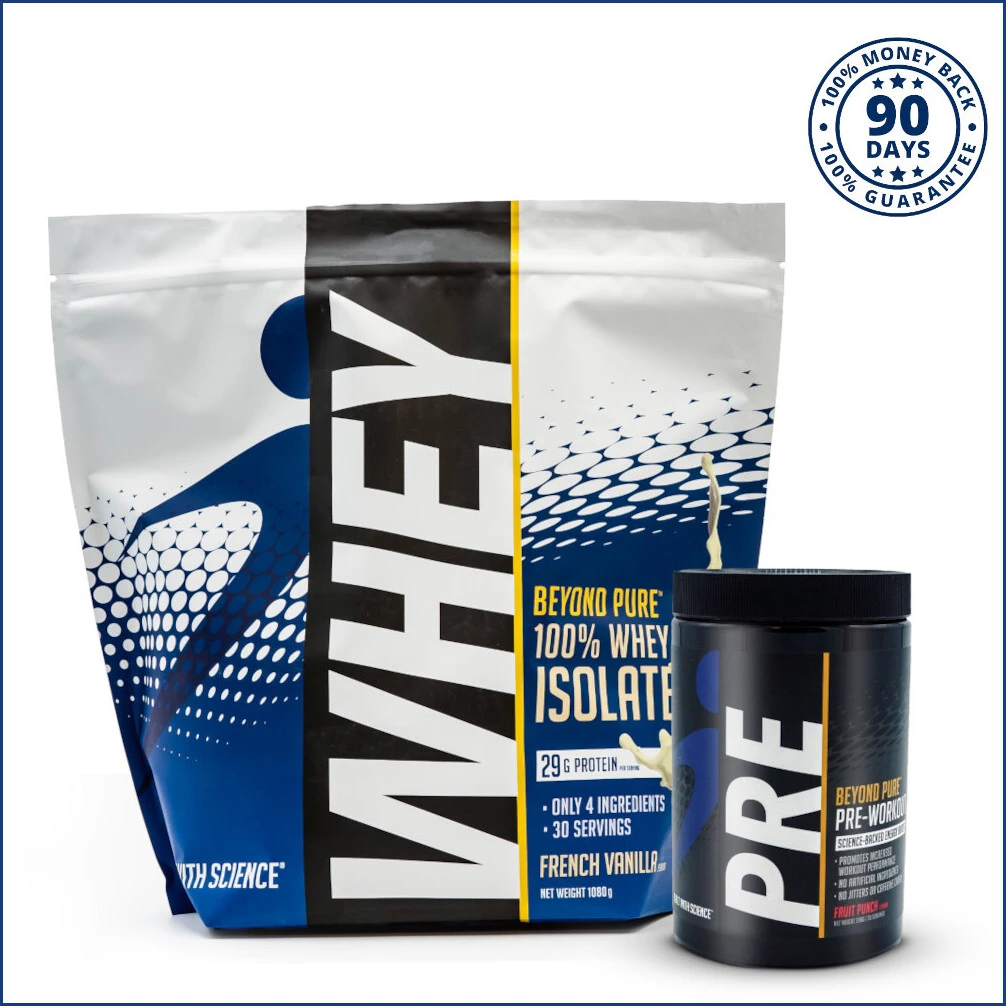


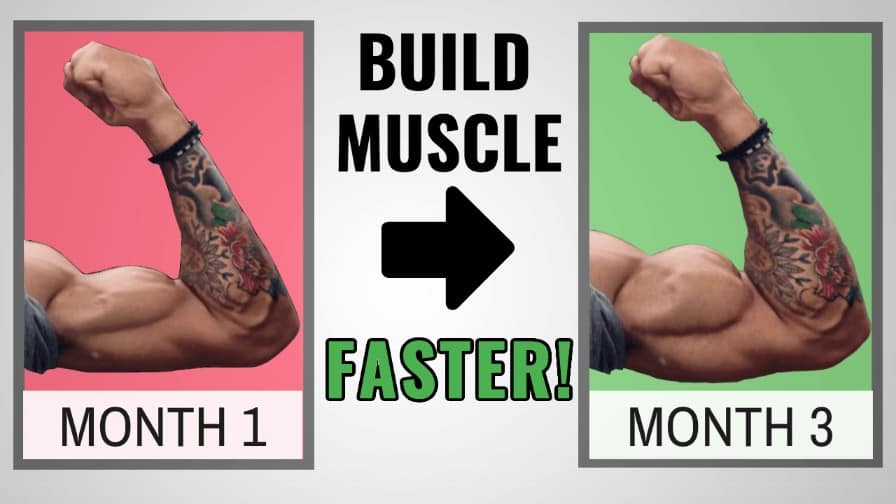
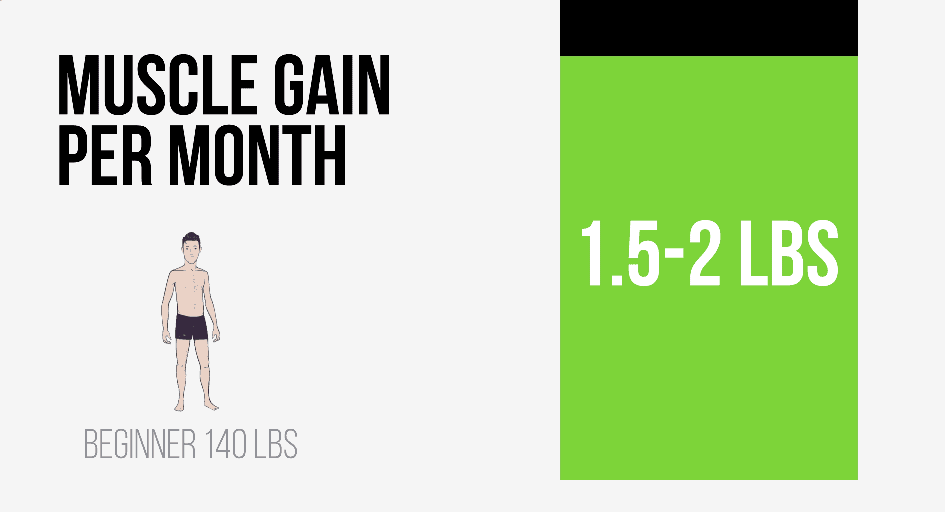
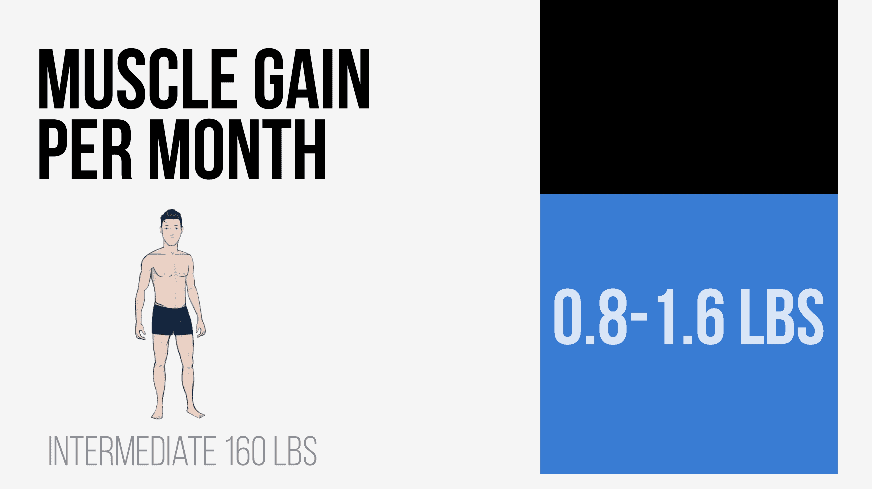
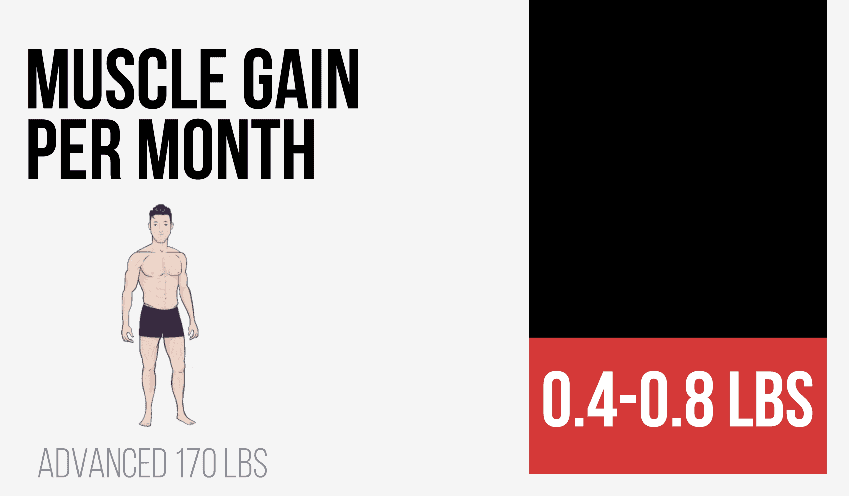
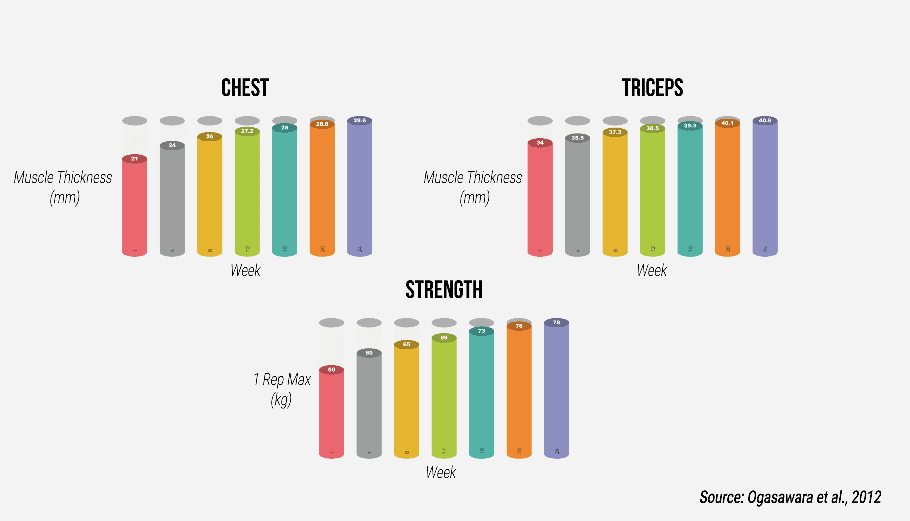
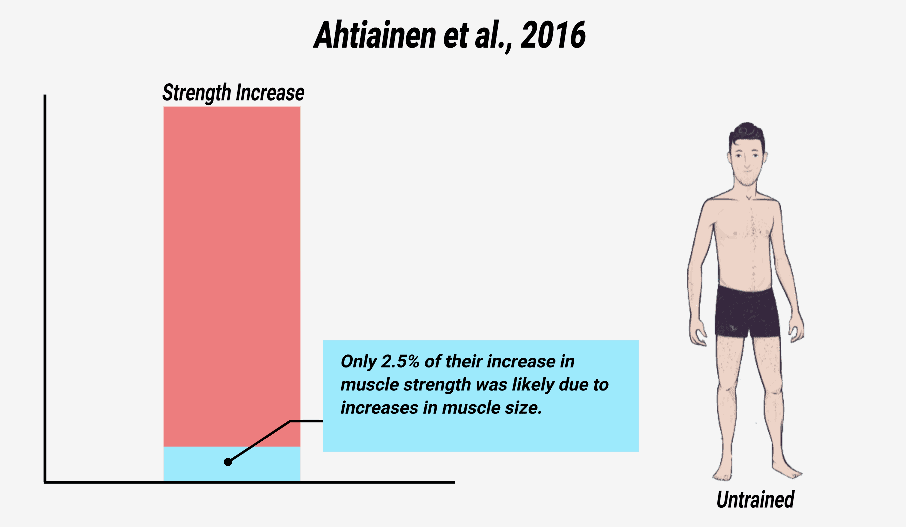
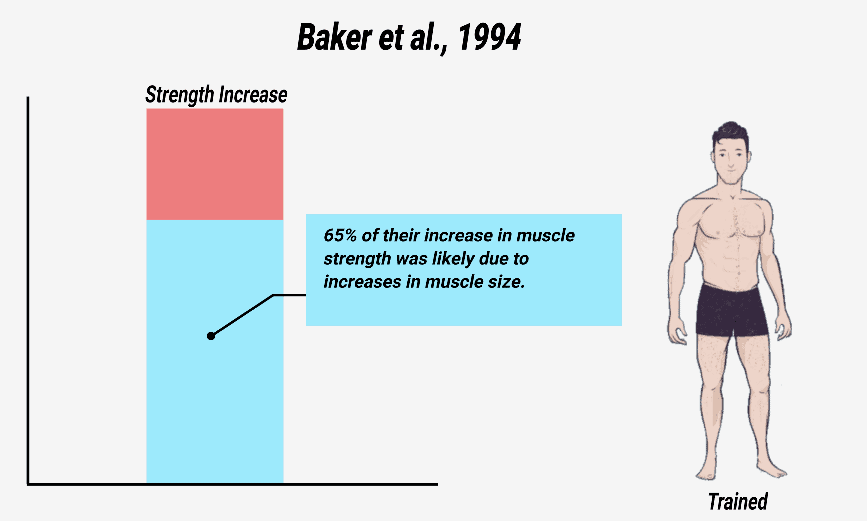 (*
(*